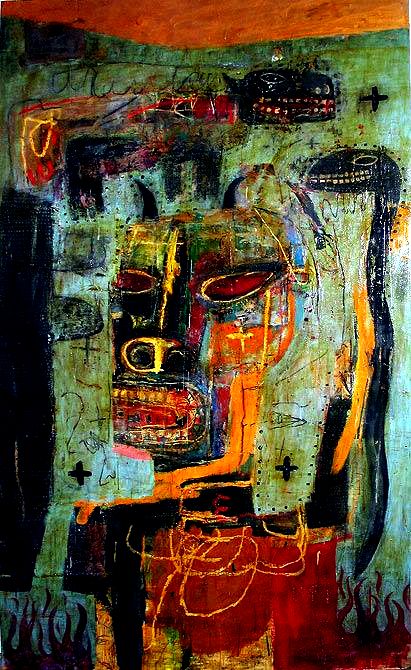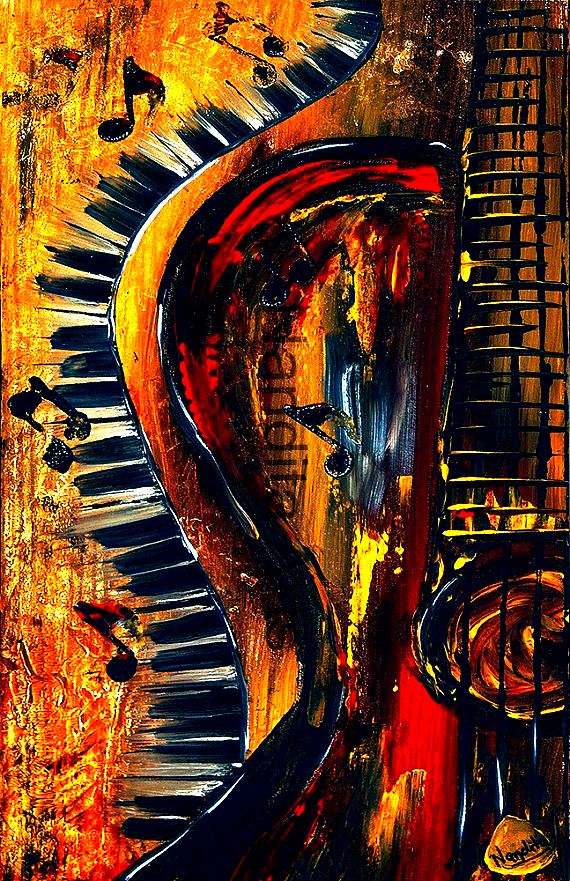And talking about hokey, Cynthia Norton’s work really resonated beside me. However, I increased in a dry county in Arkansas where moonshine was delivered inside pet food sacks and square dancing was a fundamental element of our PE program. The artist, from Kentucky, land of Jack Daniel’s, presents Fountain (Emotion) (2002), a supposedly working distillery (the new plate was unplugged after i visited). Norton skipped the standard lead-­soldered radiator component but convincingly put together her still using their company found objects. Copper tubing leads from the pressure oven on the hot plate and coils lower right into a five-gallon plastic bucket everything rests with an old wooden magazine stand. Norton has had the redneck pursuit of booze and transformed it into an assemblage art object.

Ongoing the folksiness in Dancing Squared (2004), Norton uses hidden motors and just what appears like a classic umbrella clothesline to show some bouffant square dance dresses into hillbilly whirling dervishes. The sculpture begins suddenly, and also the red-and-white-colored dresses using their puffy sleeves and crinolined skirts become an ecstatic blur of color. Unoccupied by thick-legged seniors women with tightly permed hair, the empty dresses all of a sudden become giddy, whimsical objects.
Kara Walker’s work isn’t just about locating the weird in America’s history she’s unearthing the horrifying. Master is renowned for her appropriation from the genteel 19th-century pastime of silhouette making. But she does not make sentimental portraits of family members — her silhouettes address America’s decidedly ungenteel good reputation for slavery, using caricatured figures, both white-colored and black. There is a warning label in the door towards the room where her video 8 Possible Beginnings or: The development of African-­America, a Moving Picture by Kara E. Master (2005) is screening. Inside, Master results in a purposefully grainy, vintage-feeling film by which she uses her silhouettes like shadow puppets to do something out sordid, metaphorical scenes. In a single, a burly slave along with a scrawny "master" participate in sodomy, and also the master impregnates the slave having a cotton boll. The slave character later gives birth to some plant that matures to become a giant cotton tree, that Brer Rabbit and Brer Fox lynch black figures while Little Timmy, a white-colored boy, scampers and giggles underneath. Aside from an Uncle Remus voice-over in a single section, the majority of the dialogue is communicated through silent film-style text panels.

Walker’s utilization of music — she employs snippets of ’30s and ’40s tracks — is particularly effective. Contributing to the macabre irony, the lynching scene is supported with a wondrous choral form of "Zippity Do Dah," most likely in the opening or ending credits of Disney’s well known Song from the South. Master has typically placed or forecasted her silhouettes on gallery walls. She’s become lots of flak using their company African-American artists on her caricatures of black people — big-lip, big-butt images that differ little from vintage racist imagery. With static, soundless images, Walker’s perspective is less obvious and also the work less efficient. But by animating her images in video and adding text, narration along with a soundtrack, Master fleshes the dark satire of her work, engulfing viewers in her own disturbing visions.
Resourse: http://houstonpress.com/arts/